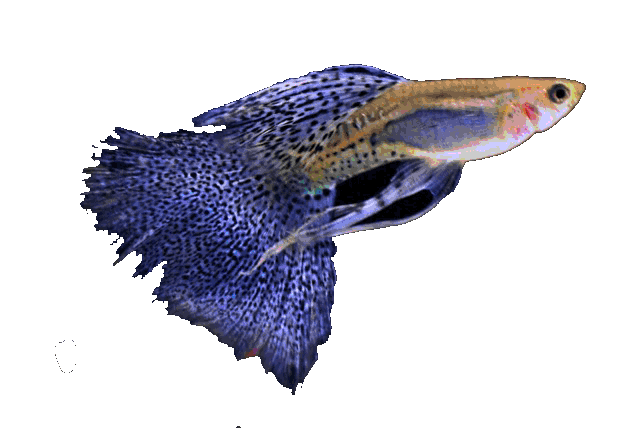
Good multipoint (Pellegrin, 1901)
Ollentodon multipunctatus (Pellegrin, 1901)
Xenendum multipunctatum Pellegrin, 1901
Basic data:
Scientific name: Skiffia multipunctata (Pellegrin, 1901)
Interpretation of words: A colloquial name translated from Latin means (with many inserts), its characteristic spots on the body.
Slovenian name: Lisasta skifia, Skifia
Group: Livebirds
Source: Mexico , Lerma River Basin
Size: Males: 5 cm, females: 6 cm
Biotope / habitat : Ponds and canals with zero or low flow (algae, vegetation, ..)
Social behavior: Fairly calm species with the exception of long-finned fish.
Diet: Omnivore, predominantly plant food / algae and decaying plants, also takes flakes and insects on the surface
Cultivation: Quite easy
Aquarium: Minimum 80 liters
Population: group per 80 liters of water
Decoration: Stones, sand / fine substrate, water lentils, algae and water hyacinth, roots, ...
Temperature: 17-24 ° C
pH: 6.5-7.9
Hardness: from 5 ° dGh to 20 ° dGh
Lifespan: up to 5 years
Synonyms


Kingdom: Animalia / animals
Trunk: Chordata / string players
Class: Actinopterygii / arthropods
Order: Cyprinodontiformes / Toothpicks
Family: Goodeidae / live-bearing Mexican carp
Genus: Skiffia
Species: Skiffia multipunctata (Pellegrin, 1901)
Skiffia multipoint Leafy skiff


